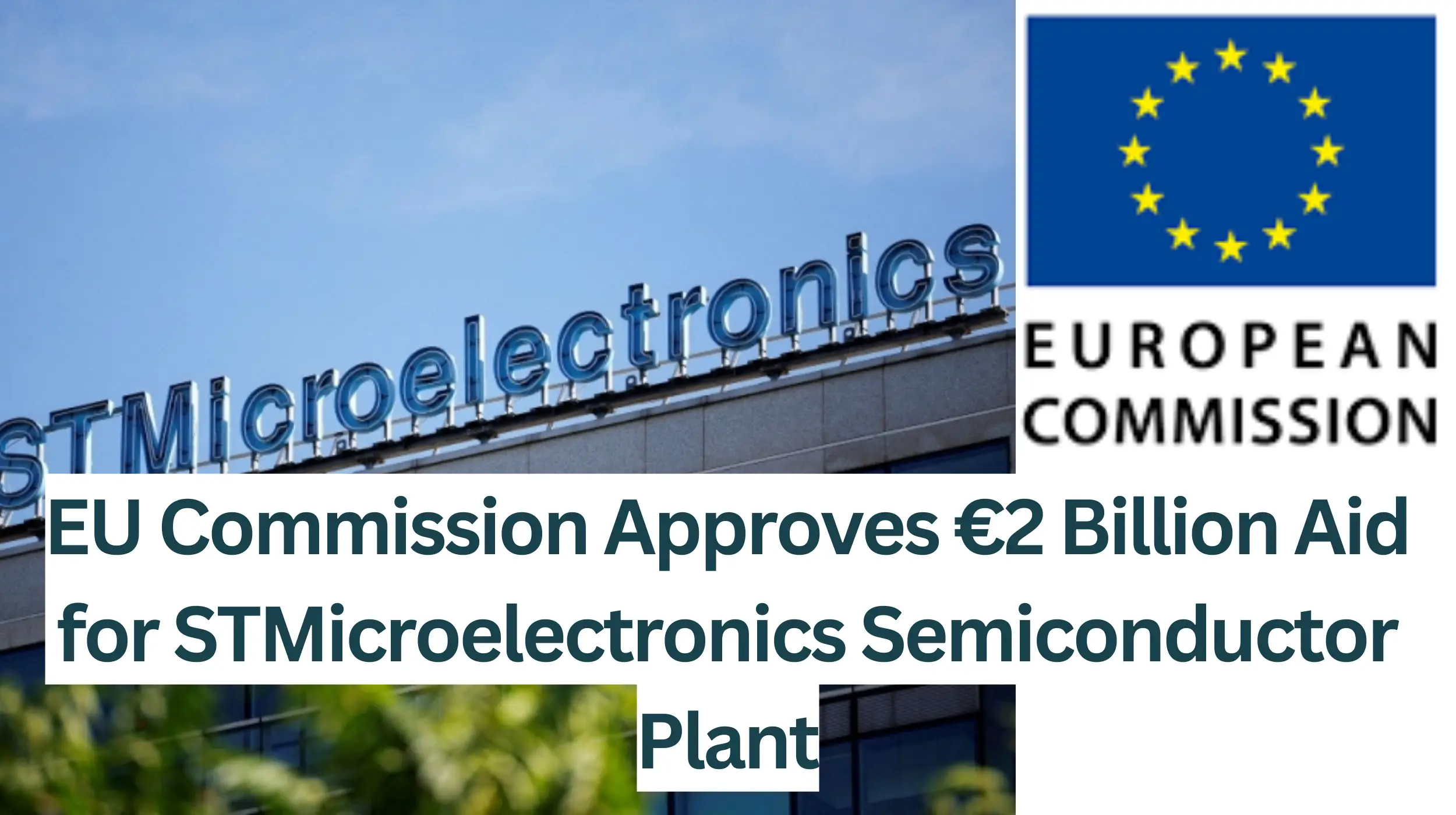Brussels (Brussels Morning) – The European Commission has approved a €2 billion Italian measure to fund STMicroelectronics’ chip manufacturing plant in Catania, Sicily. This will boost Europe’s semiconductor supply, and digital sovereignty, and support digital and green transitions.
The European Commission has authorised, under EU State aid regulations, a €2 billion Italian measure to fund STMicroelectronics (‘ST’) in the construction and operation of an integrated chip manufacturing plant for Silicon Carbide (‘SiC’) power devices in Catania, Sicily.
What Is the Impact of Italy’s €2 Billion Aid for Chips?
The step will boost Europe’s security of supply, stability and digital sovereignty in semiconductor technologies, in line with the purposes set out in the European Chips Act Communication. The measure will also contribute to attaining digital and green transitions.
According to the Press of the EU Commission, Italy notified the Commission of its intent to support ST’s Catania Campus scheme to construct and operate an integrated chip manufacturing plant for SiC power devices.
What Role Does Silicon Carbide Play in ST’s New Facility?
SiC is a blended material used to manufacture wafers that function as a base for specific microchips utilised in high-performance power devices, such as in electric autos, fast-charging stations, renewable energies and other industrial applications. The blended plant will cover all the manufacturing phases from the raw material to the concluded devices, namely power transistors and power modules.
How Will Italy’s Funding Boost Europe’s Digital and Green Transitions?
Commission states that the aid will take the form of around €2 billion direct grant to ST to support its investment worth €5 billion in whole. The project will allow the development of a large-scale manufacturing installation for high-performance SiC chips, based on 200mm diameter wafers that will be processed into modules and other instruments utilised for instance by the automotive industry, in the EU and globally. The facility is scheduled to be operating at full capacity in 2032.
What Are the Key Benefits of the Catania Chip Manufacturing Plant?
The project assembles technologies that have been and will be designed as part of the Important Projects of Common European Interest (“IPCEIs”) for research and innovation in microelectronics supported by the Commission in December 2018 and in June 2023. On 4 March 2024, ST applied for the praise of the Catania Campus as an integrated production structure under the European Chips Act. This process is separate from the State aid assessment.
The Commission evaluated the Italian measure under EU State aid rules, following the Treaty on the Functioning of the European Union (‘TFEU’), which allows Member States to grant aid to facilitate the development of specific economic activities subject to particular conditions, and based on the regulations set out in the European Chips Act Communication.
What Are the Objectives of the European Chips Act?
On 8 February 2022, the Commission assumed the European Chips Act Communication. It is part of a sweeping Chips Act package, which also included the European Chips Act that entered into force on 21 September 2023.
In the European Chips Act Communication, the Commission recognised that investments in new advanced production establishments in the semiconductor sector are necessary to safeguard the EU’s security of supply and supply chain resilience while generating substantial positive impacts on the wider economy. The Commission acknowledged that Communication also has a number of factors suitable for a case-by-case assessment directly under Article 107(3)(c) TFEU.




